Tag: Bilirubin
-
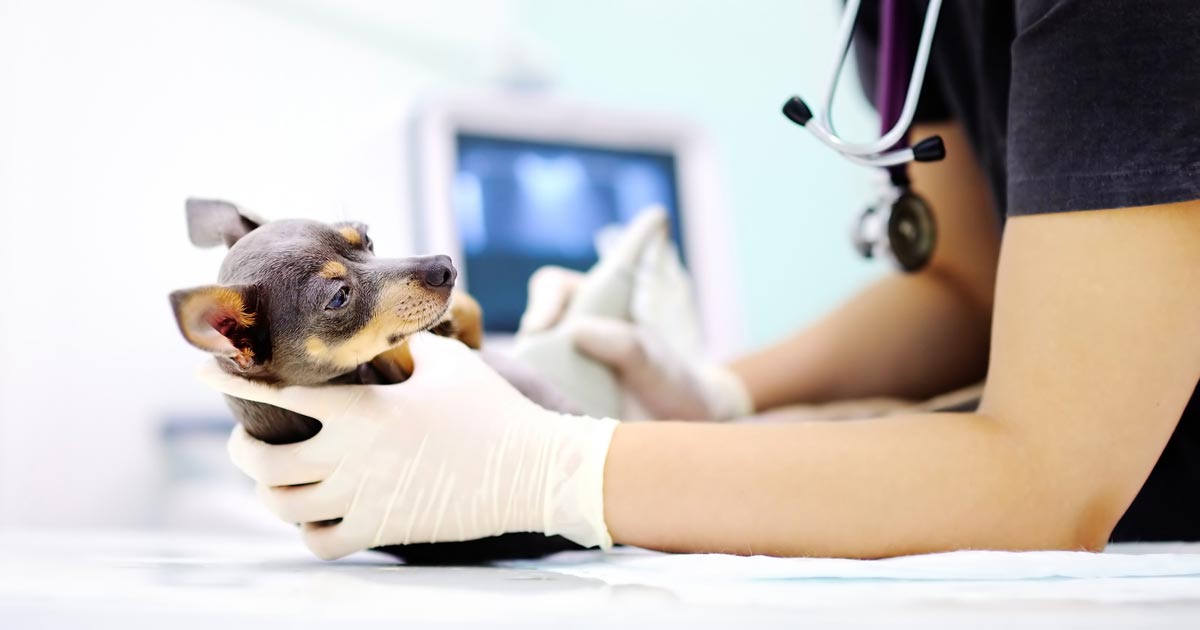
Pancreatitis, pt 1: diagnosis
—
by
Pancreatitis is one of the most common exocrine conditions seen in small animal practice. It is caused by premature activation of enzymes (zymogens) within the pancreas leading to autodigestion, and can result in severe morbidity with the potential to lead to mortality. To this day, the diagnosis of pancreatitis remains a challenge – especially in…
-
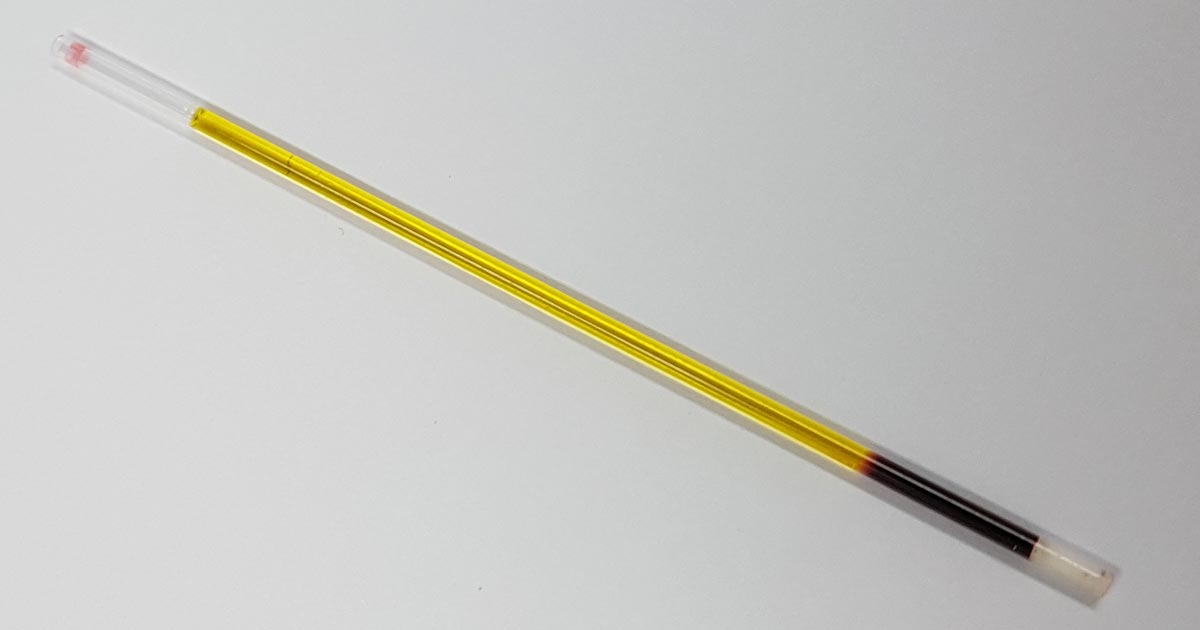
Icteric serum
—
by
The final discolouration of the serum we are going to cover is icteric serum. Icteric serum is caused by the presence of excess bilirubin in the blood stream as a result of increased production (pre-hepatic) or inappropriate excretion (hepatic and post-hepatic). The most common cause of pre-hepatic icterus is haemolytic anaemia, while hepatic disease and…
-
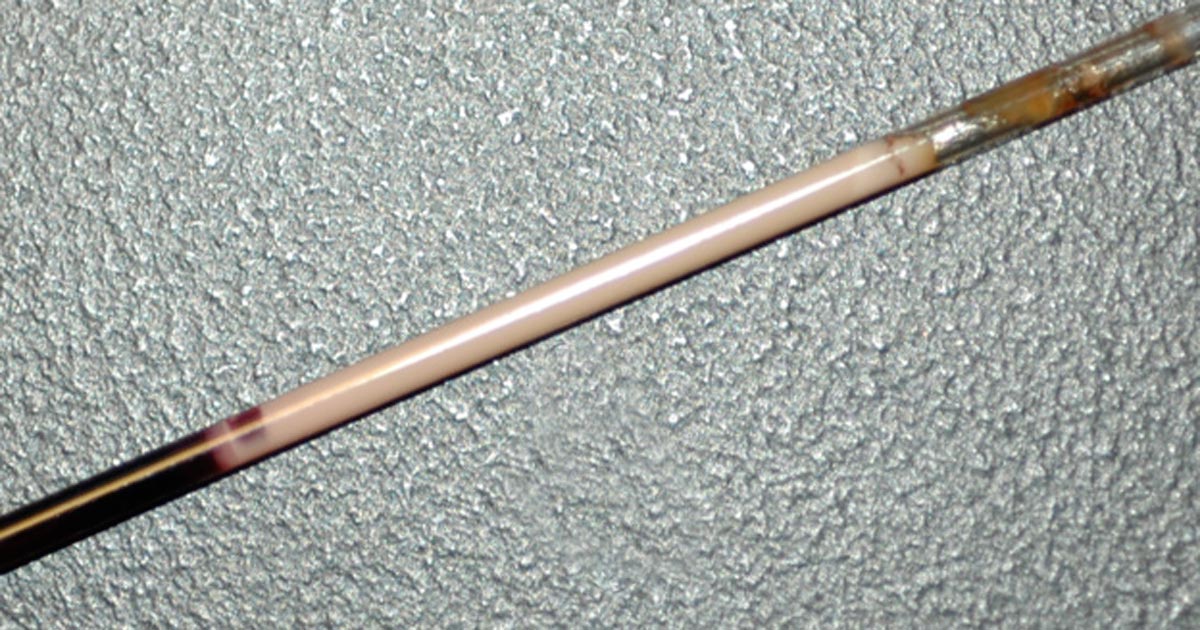
Lipaemia – the bane of biochemistry
—
by
Last week we covered haemolysed samples – this week we’re looking at lipaemic samples. Lipaemic samples are caused by an excess of lipoproteins in the blood, creating a milky/turbid appearance that interferes with multiple biochemical tests and can even cause haemolysis of red blood cells. Lipaemia can follow recent ingestion of a meal – especially…
-
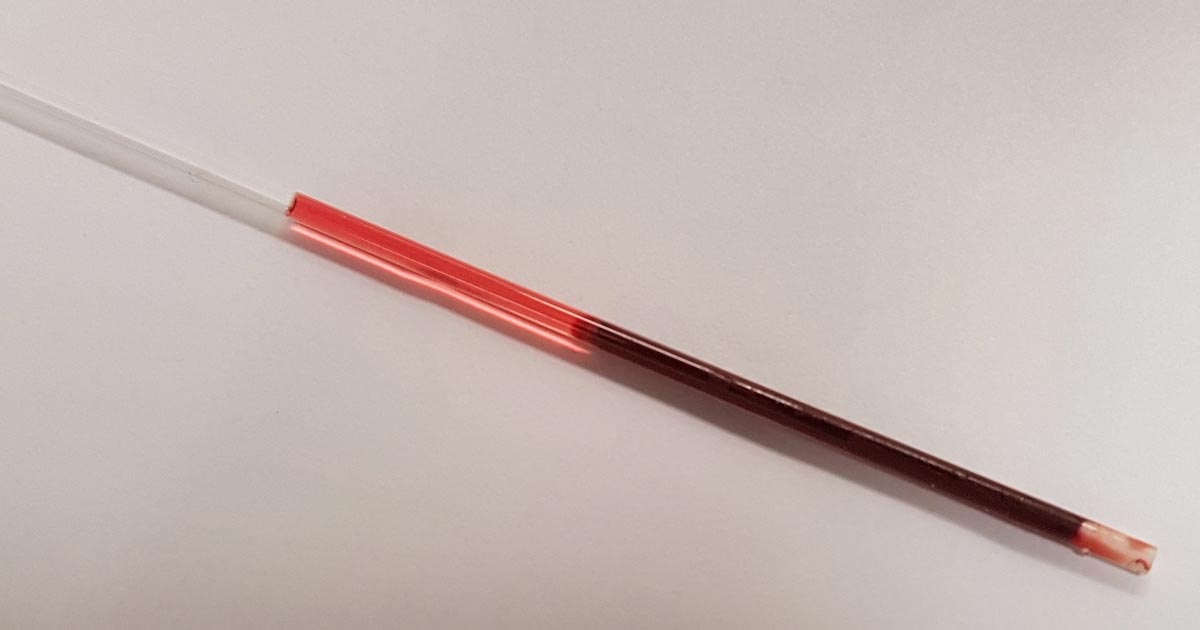
PCV/total solids interpretation: serum colour
—
by
When interpreting the often misinterpreted and underused PCV and total solids test, it is important to take note of the serum colour as this may give clues into the diagnosis. The most common abnormalities seen in clinic are icteric, haemolysed and lipaemic serum. Clear serum can also be of importance – especially when you interpret…
-
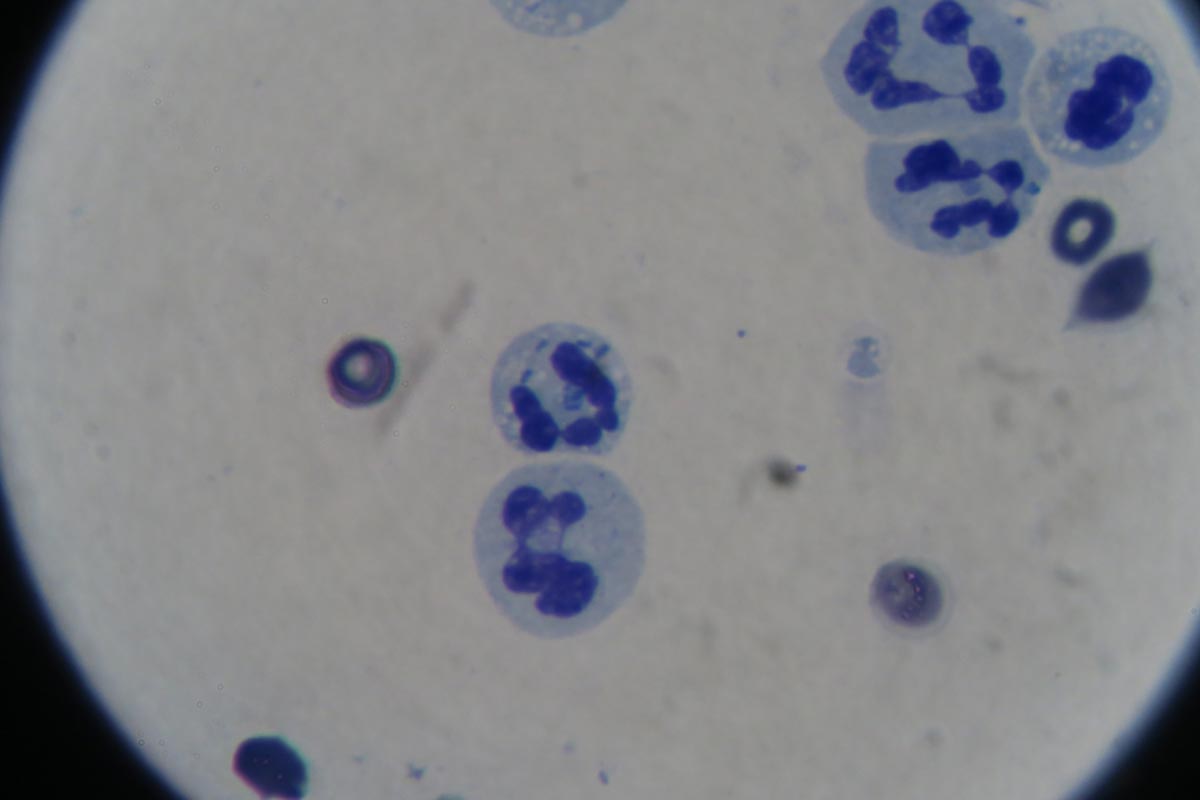
Making sense of effusions (part 1): is your patient septic?
—
by
Interpreting effusion samples can be confusing, so try to think of effusions as if you were collecting a blood sample. Many of the in-clinic diagnostic tests that apply to blood samples also apply to effusions, such as: PCV/total protein smears glucose lactate potassium creatinine bilirubin It’s not enough to only check the protein concentration of…